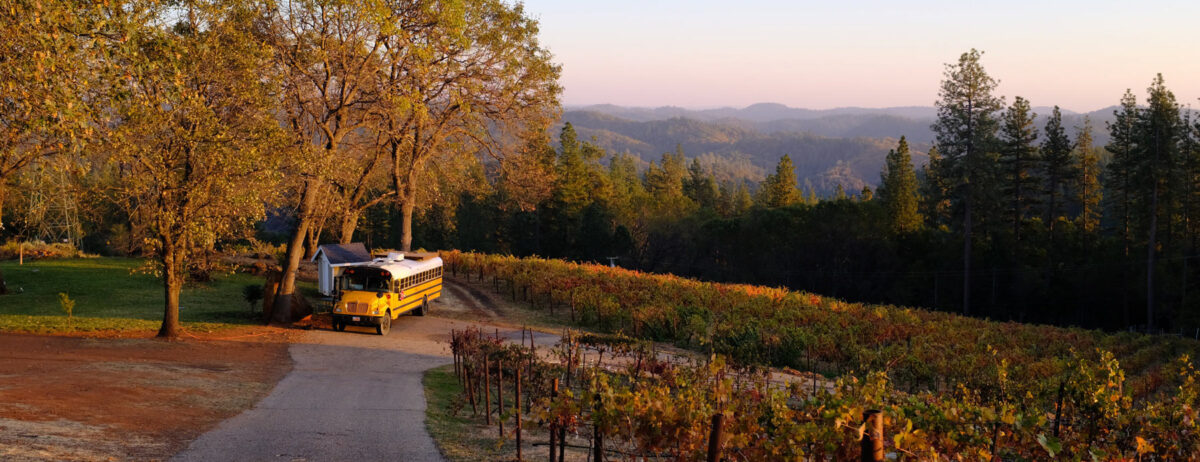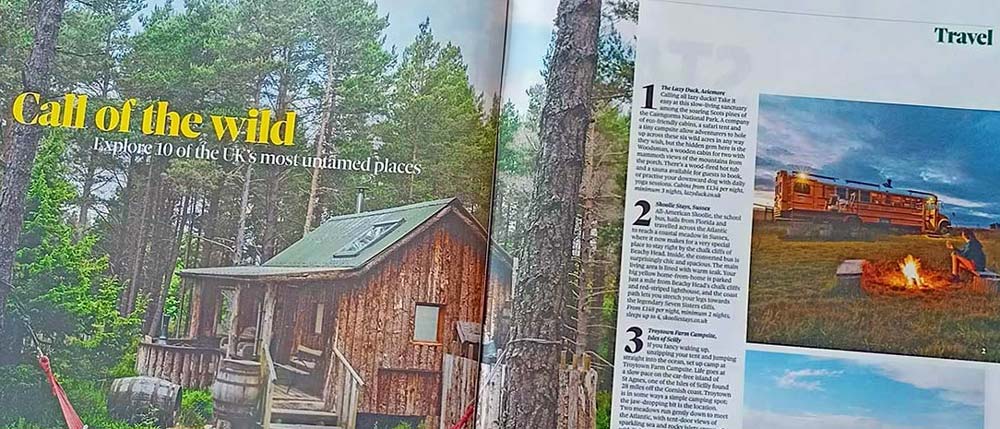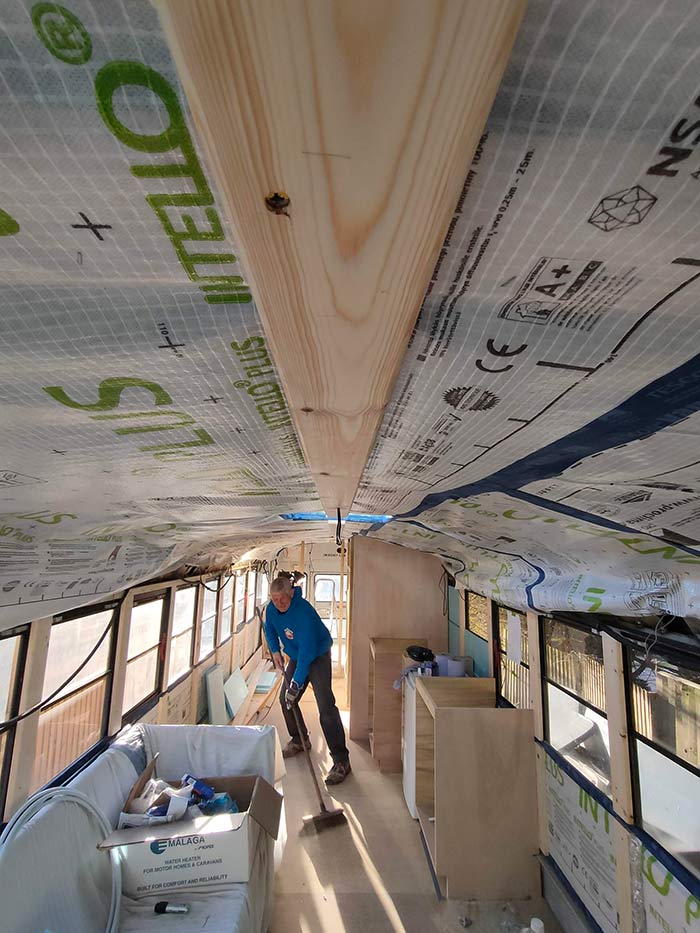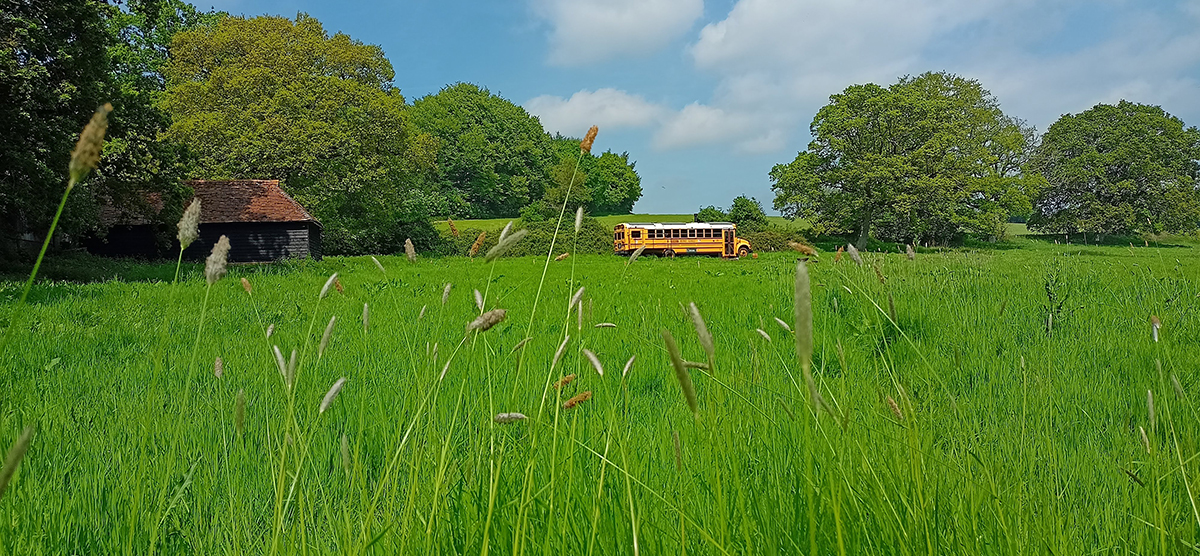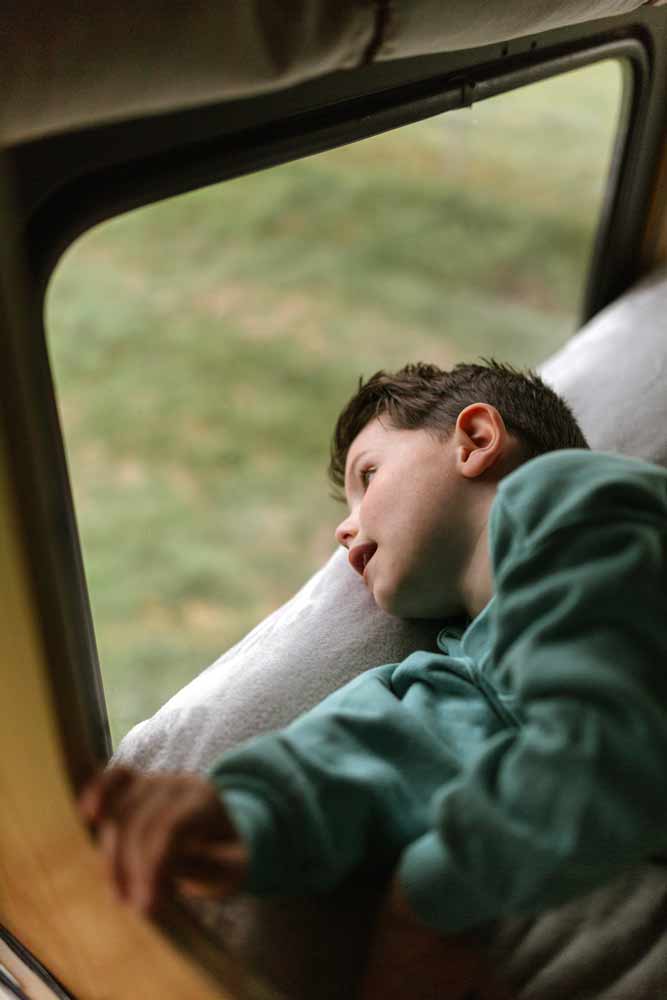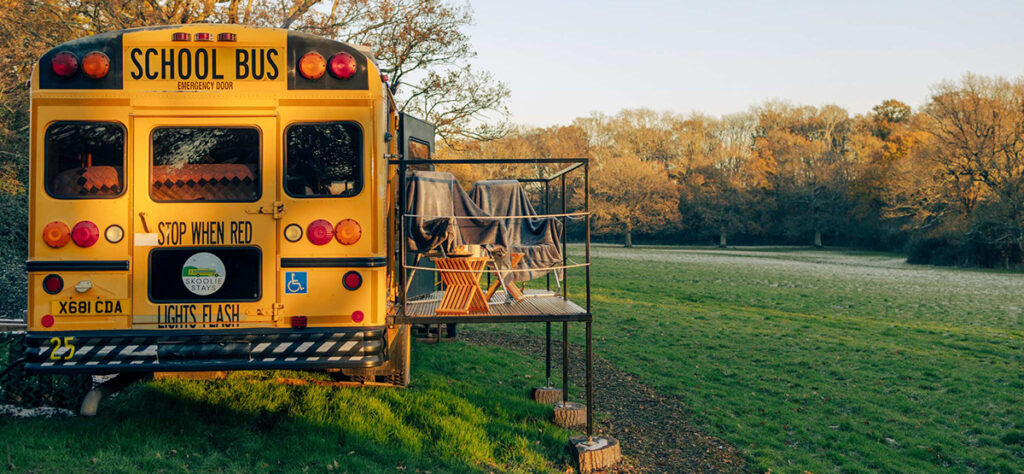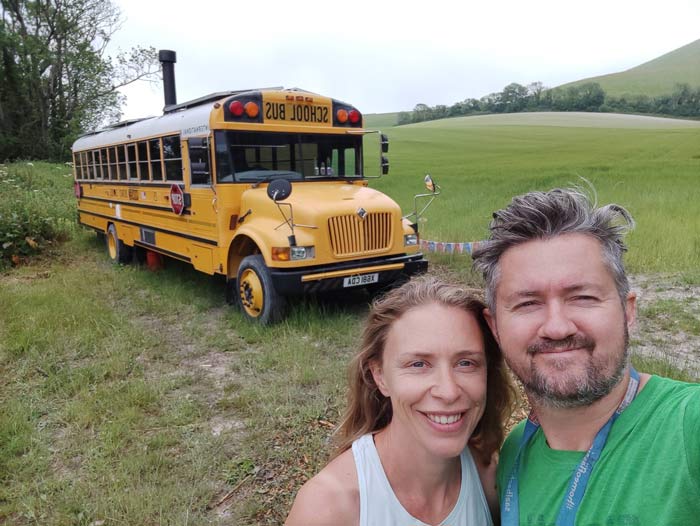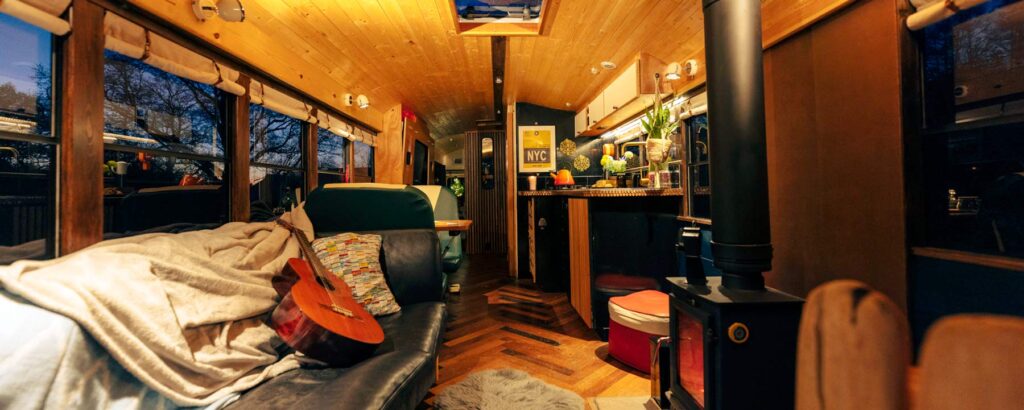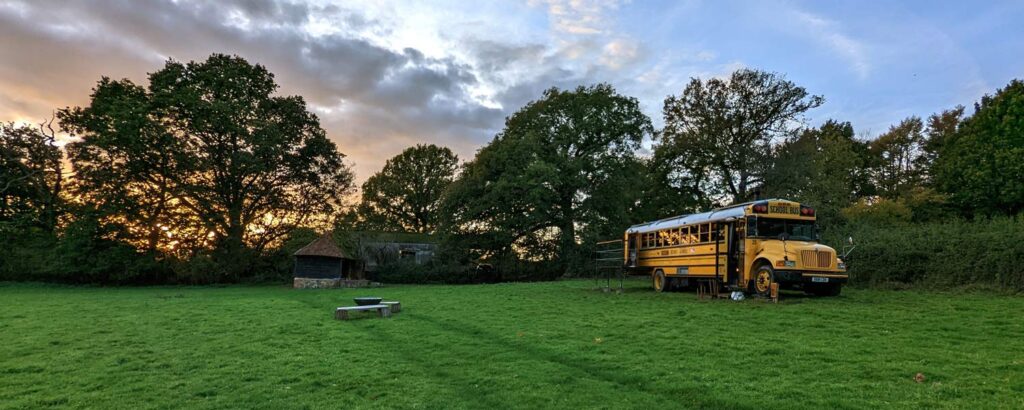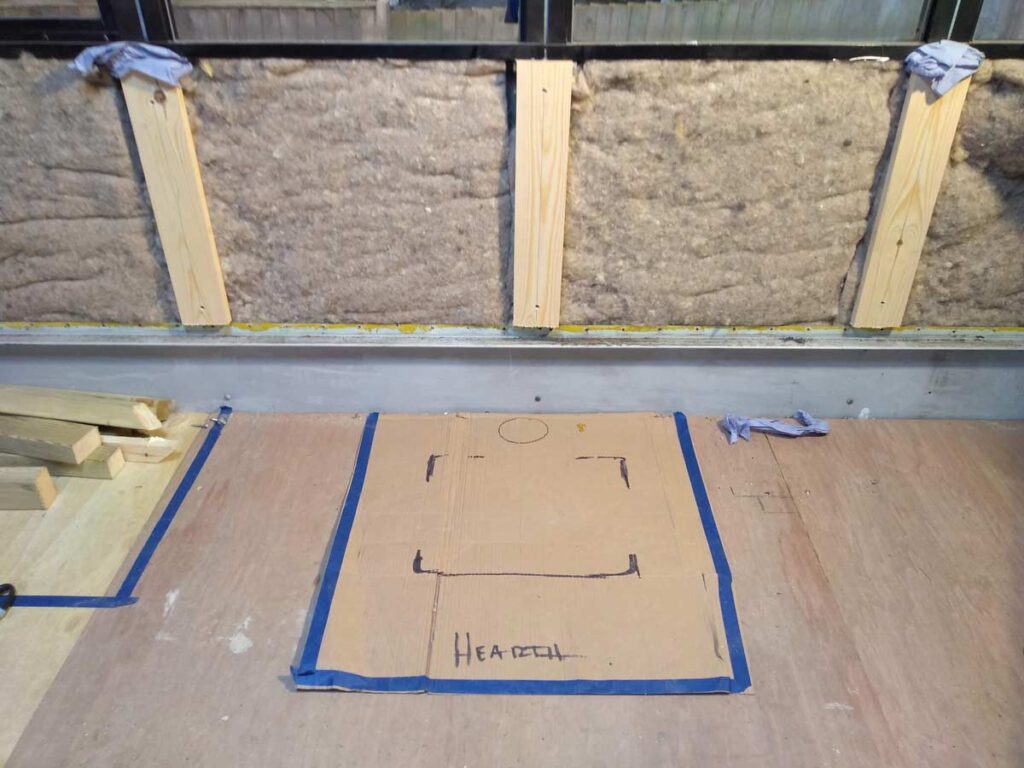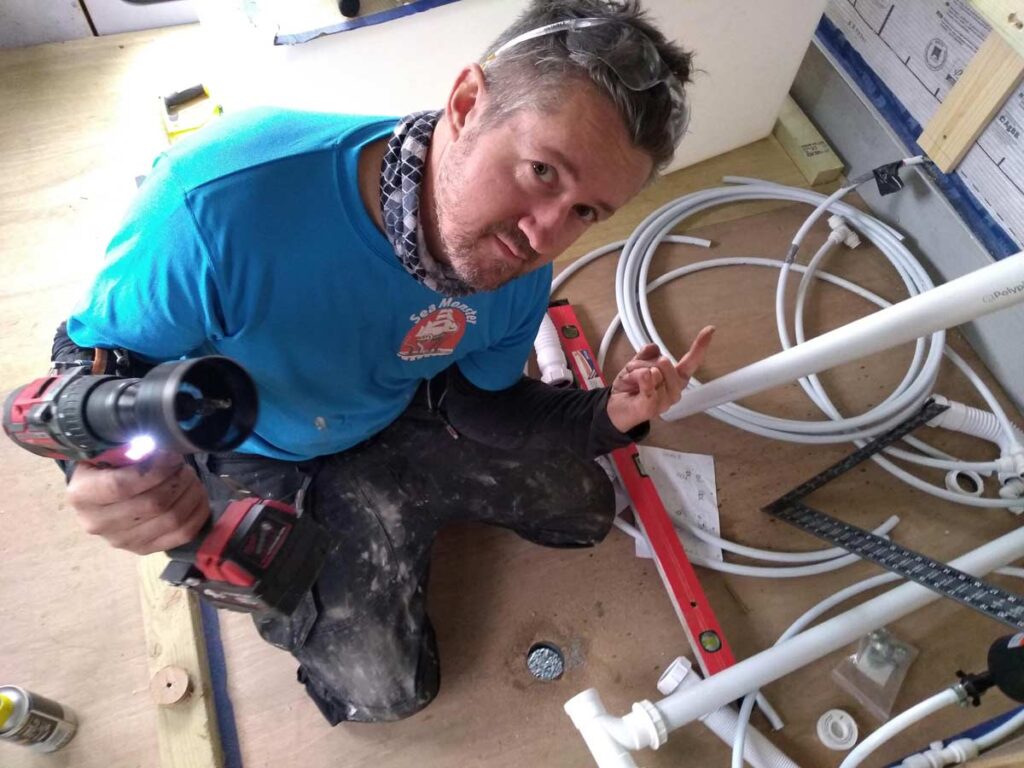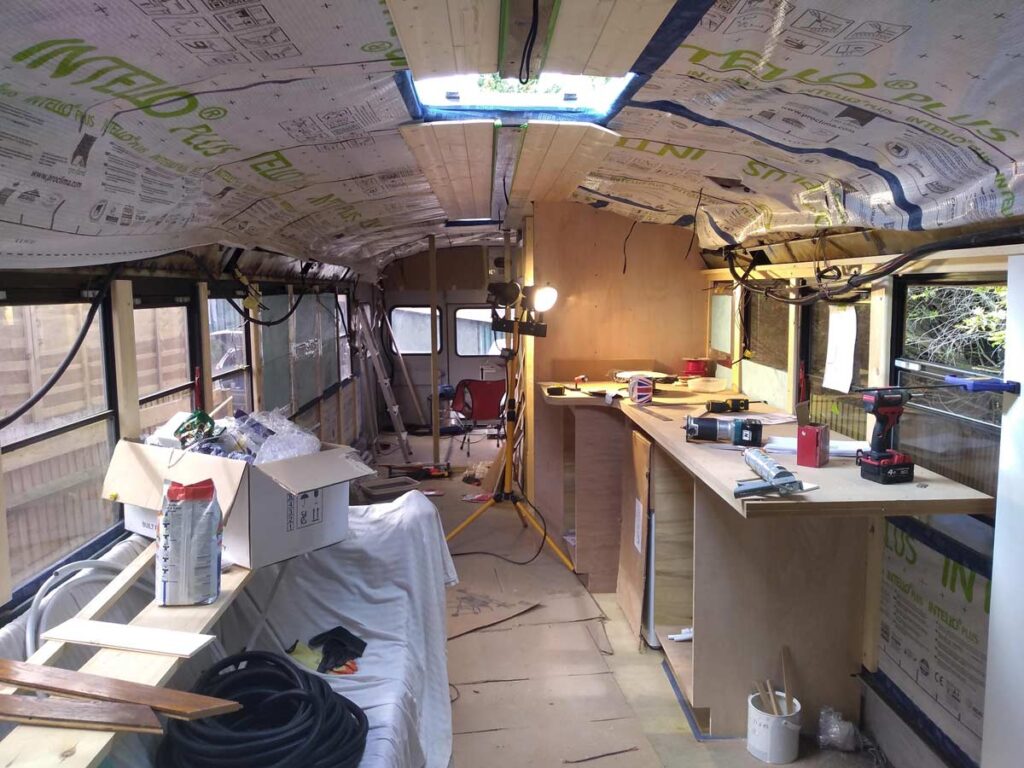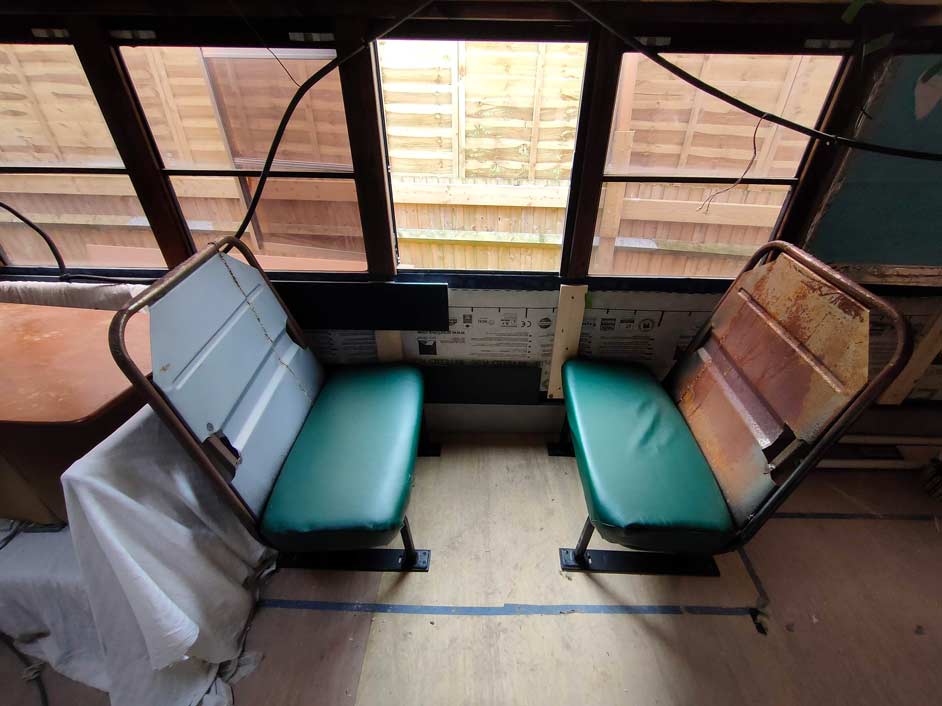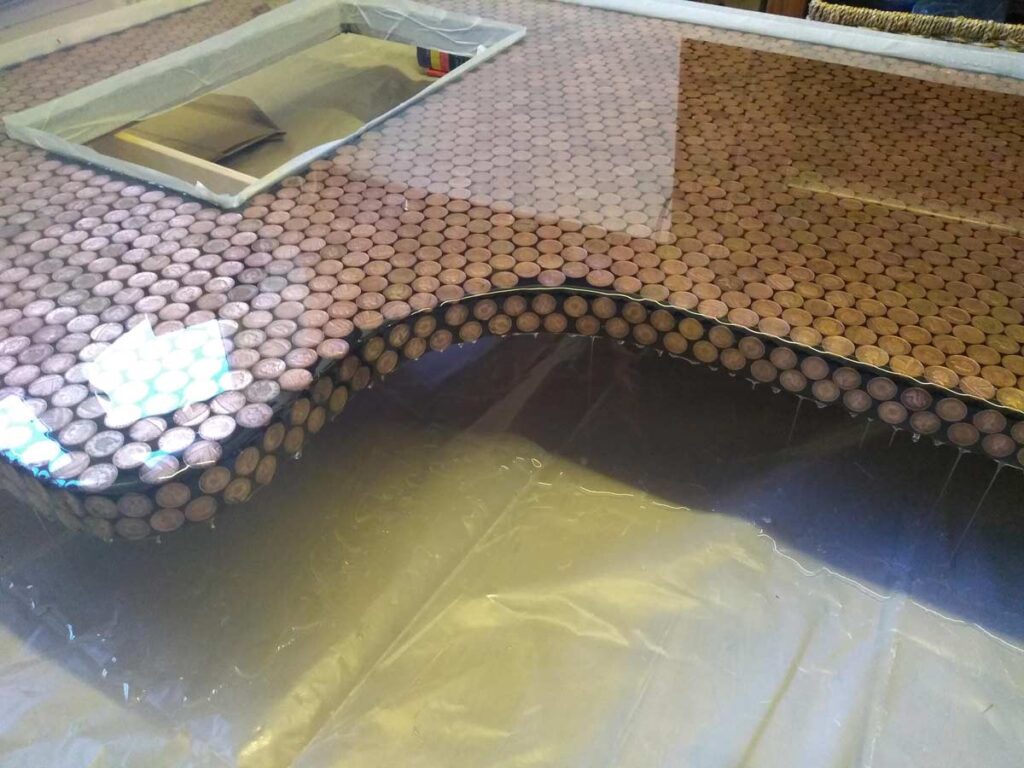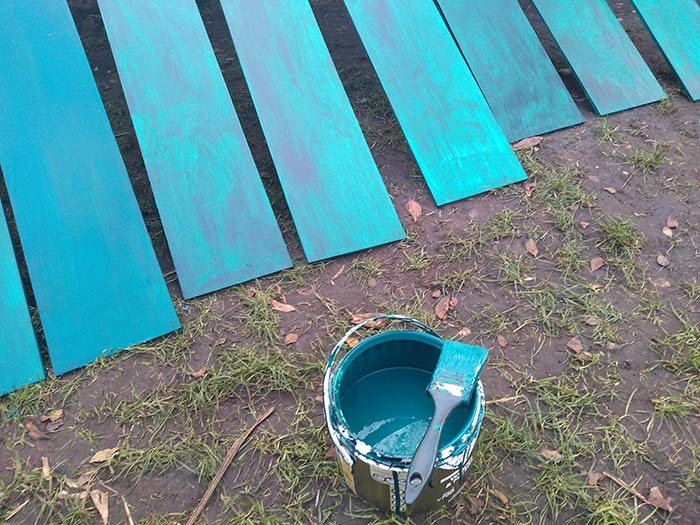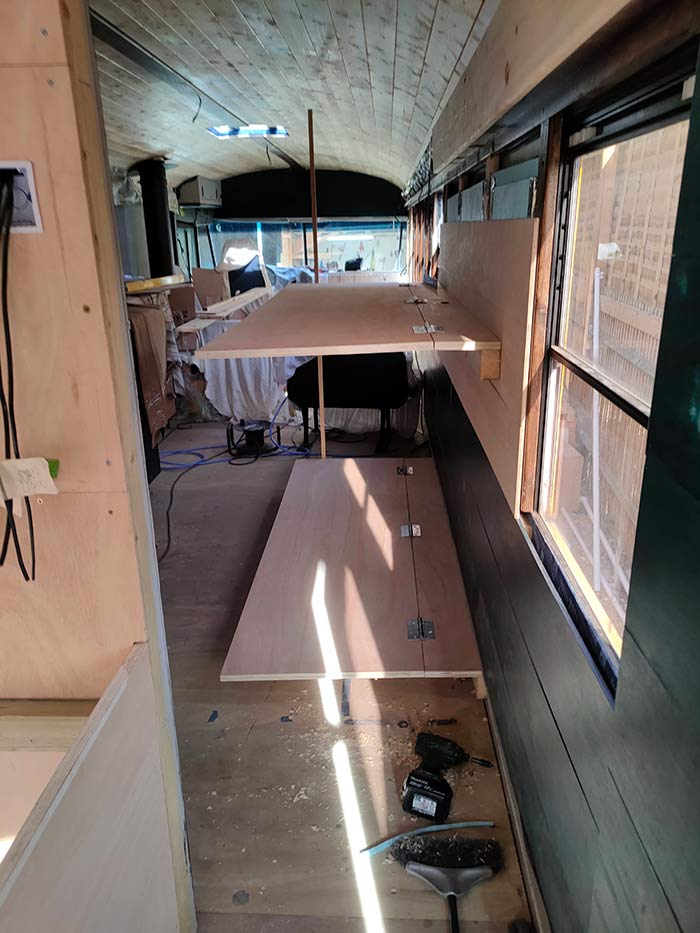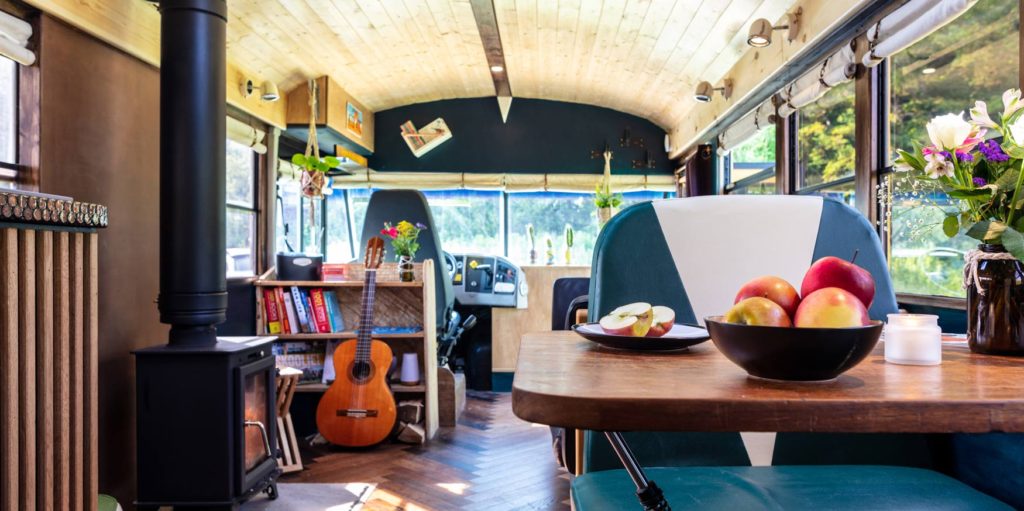
By Ruth
Both the Skoolie Stays bus (that bus above is our other one on a California Vineyard by the way) and our East Sussex Eco Cabin ‘The Vacationist’ are firmly in wine country! We provide accommodation close to some great Sussex vineyards and wineries. In this blog post we look at what makes Sussex wine special with a focus on some of the wine estates where you can stay on site, For each one we mention, we also note the closest accommodation we offer whether on the bus or the cabin. Whilst we are not in amongst the vines themselves, we are pretty close to many of them!
Our closest neighbours at the Skoolie, Kinsbrook Vineyard, get a special mention as it’s a lovely walk to their estate from the bus. They come top of the list for our West Sussex selection! Kinsbrook don’t have their own accommodation, but stay on board with us and you can drink like a local when you visit.
Sussex and Wine, a natural partnership
For wine lovers and nature lovers alike, no other English destinations offer what the vineyards of Sussex have. Sussex has emerged as a premier wine region, boasting a flourishing collection of world-class vineyards and wineries. From luxurious wine estate hotels to cosy winery cottages and unique vineyard accommodation experiences, the county offers a diverse array of Sussex winery accommodation options that allow you to immerse yourself in the art of winemaking while basking in the region’s beautiful landscapes. Join us as we embark on a journey through the finest vineyard stays, tours, tastings, and activities that Sussex has to offer, ensuring an unforgettable wine-filled getaway.
Sussex Vineyard Accommodation, East & West
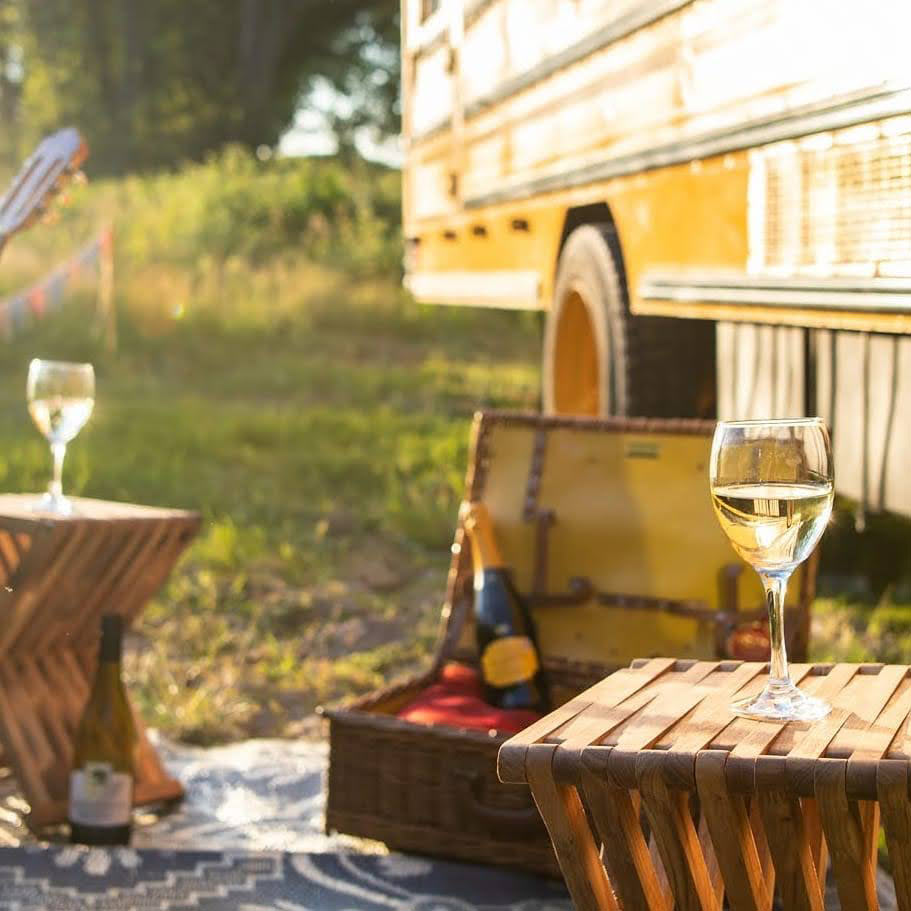

For those seeking the ultimate in indulgence, Sussex is home to several prestigious wine estates. Many offer luxurious accommodations amidst their sprawling vineyards.
Let’s look at the Sussex wine menu…
Special focus: Kinsbrook Vineyard, our local wine stars
Kinsbrook Vineyard, which is a lovely walk from the Skoolie Stays bus, offers a rich and immersive experience for visitors, blending traditional winemaking with modern, sustainable practices. Owned and operated by Joe Beckett and Rebecca Dancer, Kinsbrook stands out for its commitment to sustainability and inclusiveness, making it a unique destination in the Sussex wine landscape.
The vineyard produces a complete range of both still and sparkling wines, crafted from grapes grown on its third-generation farmland. Visitors can explore a variety of wines, including the flagship Sparkling White and a new single-variety unoaked Chardonnay. The heart of the vineyard is the Kinsbrook Farmhouse, a traditional Sussex barn that houses a restaurant, grocery, deli, and butchery, all offering panoramic views of the vineyard. This setup not only provides a scenic backdrop for dining and shopping but also emphasizes the vineyard’s focus on local produce and artisanal products.
Beyond wine tasting, Kinsbrook Vineyard offers a range of activities and amenities designed to create a comprehensive vineyard experience. The cellar door welcomes visitors with coffee, cake, and antipasti, in addition to wine. The vineyard also hosts supper clubs, events, and live acoustic music every Sunday in the summer, fostering a laid-back atmosphere that complements the wine experience. This approach to creating an inclusive, sustainable lifestyle culture around wine is indicative of Kinsbrook’s broader mission. Though they don’t offer their own vineyard accommodation, they are really close to a certain luxury converted American School Bus
1 hour walk from Skoolie Stays, or 5 minute drive




Wiston Estate
Wiston Estate, a historic property dating back to the 16th century, is located in the picturesque village of Wiston, near Pulborough. In addition to producing award-winning sparkling wines, the estate offers vineyard accommodation in the newly renovated Pump House, a charming two-bedroom cottage overlooking the vineyards. Guests can indulge in private wine tastings, vineyard tours, and even participate in the annual grape harvest.
If the Wiston cottage is unavailable for your stay or not quite right for your group, the Skoolie is just 10 minutes drive or Taxi from Wiston and its lovely Chalk restaurant.
10 minute drive or taxi from Skoolie Stays




Our other local vineyards
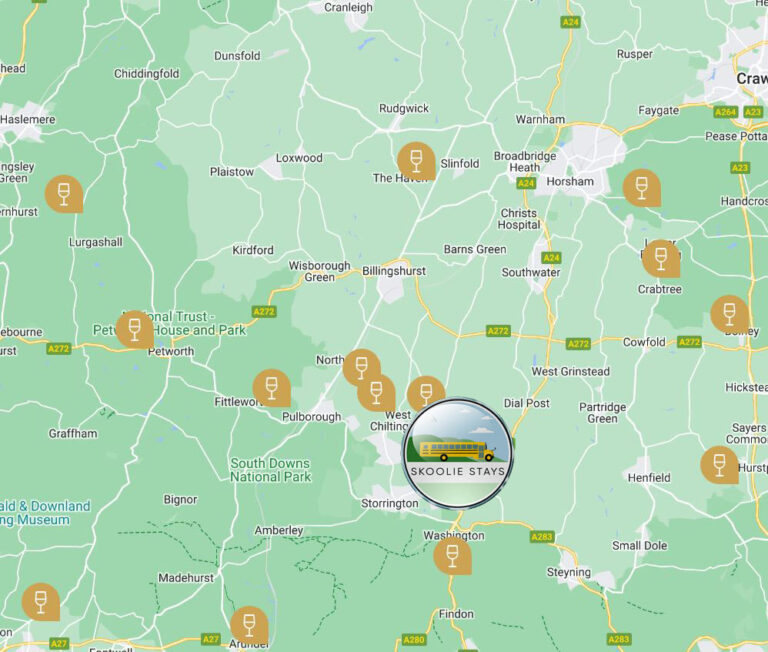

Staying local to our own glamping accommodation, thirsty glampers are spoilt for choice. Head to our Wine Tasting Breaks page and see all our other Local Vineyards and Wine Estates close to the bus.
Nutbourne Vineyards
Nutbourne Vineyards, located in Pulborough, West Sussex, is a family-run vineyard that offers a converted 19th-century barn as vineyard accommodation. With panoramic views of the vineyards and surrounding countryside, this charming cottage is the perfect base for exploring the region’s wineries and enjoying the tranquility of rural Sussex.




Breaky Bottom Vineyard
Breaky Bottom Vineyard, situated in the village of Rodmell near Lewes, is a hidden gem run by legendary winemaker Peter Hall. While they don’t offer on-site vineyard accommodation, there are several charming cottages available for rent in the nearby villages, allowing you to experience the serenity of this secluded vineyard during your stay.
30 Minute drive from The Vacationist Cabin
Bolney Wine Estate
For a more traditional yet immersive experience, consider staying at a bed and breakfast located on or near a Sussex vineyard. One such example, and a lovely one too, is in Bolney.
Bolney Wine Estate, located in Haywards Heath, West Sussex, is a renowned producer of award-winning still and sparkling wines. While they don’t have on-site accommodation, there are several charming bed and breakfasts in the surrounding villages, such as the Hickstead Hotel, which offer easy access to the estate’s tours, tastings, and events.
25 minute drive from Skoolie Stays
Ridgeview Wine Estate
Ridgeview Wine Estate, situated in the heart of the South Downs National Park, is a family-owned winery known for its exceptional sparkling wines. While they don’t offer on-site accommodation near the vineyards, there are several bed and breakfasts in the nearby villages of Ditchling and Hurstpierpoint, providing the perfect base for exploring this renowned estate. It’s also a short drive from our own cabin glamping accommodation.
A 28 minute drive from The Vacationist
Wine Estates with vineyard accommodation
For those seeking a more adventurous and unique experience, Sussex offers several vineyards that offer vineyard accommodation, allowing you to truly immerse yourself in the natural beauty of the region.
Bluebell Vineyard Estates
Bluebell Vineyard Estates, located in Uckfield, East Sussex, is a family-run vineyard that offers a unique glamping experience in a vintage Airstream trailer. Surrounded by the vines and with access to the estate’s tasting room and events, this is a truly one-of-a-kind way to experience Sussex’s wine country.
A 20 minute drive from The Vacationist
Vineyard Tours and Tastings
No vineyard getaway would be complete without indulging in the region’s exceptional wines through tours and tastings. Many of the accommodations mentioned above offer exclusive tours and tastings for guests, but there are also numerous standalone experiences to consider.
Here are some great options…
Albourne Estate Vineyard Tours
Albourne Estate, located in the heart of the Sussex Downs, is a family-run vineyard that offers a variety of tours and tastings. From guided vineyard walks to tutored tastings in their charming tasting room, Albourne provides a warm and welcoming introduction to the region’s wines.
A 25 minute drive from The Skoolie Stays Bus
Special focus: Tinwood Estate Vineyard, A Glamping Adventure in the Vines
For those seeking a more adventurous and unique vineyard accommodation experience, Tinwood Estate Vineyard in the heart of the Sussex Weald offers a truly one-of-a-kind glamping adventure amidst the vines. Nestled in the rolling hills of the Weald, Tinwood Estate Vineyard is a family-run operation that has been producing award-winning wines since 2007. While the vineyard itself is a sight to behold, with its meticulously tended vines and picturesque surroundings, it’s the estate’s glamping accommodations that truly set it apart. Tinwood offers a range of glamping options, each designed to provide a comfortable and luxurious experience while allowing guests to immerse themselves in the natural beauty of the vineyard.
From cosy shepherd’s huts to spacious bell tents, each accommodation is thoughtfully appointed with all the amenities you need for a memorable stay. The shepherd’s huts, in particular, are a true delight. These charming, compact dwellings are outfitted with comfortable beds, seating areas, and even small kitchenettes, ensuring that you have everything you need for a comfortable stay. Step outside, and you’ll find yourself surrounded by the lush vineyards, with the gentle slopes and rolling hills providing a stunning backdrop. For those seeking a more spacious and luxurious glamping experience, Tinwood’s bell tents are sure to impress. These spacious canvas dwellings are outfitted with plush bedding, comfortable furnishings, and even private outdoor seating areas, perfect for enjoying a glass of Tinwood’s finest while taking in the vineyard views. But the true magic of a stay at Tinwood Estate Vineyard lies in the experiences and activities on offer.
As a guest, you’ll have the opportunity to participate in private vineyard tours and tastings, guided by the estate’s knowledgeable staff. Learn about the winemaking process, from the careful tending of the vines to the intricate art of blending and aging the wines.During your stay, you can also immerse yourself in the annual grape harvest, a truly unique and hands-on experience. Work alongside the vineyard team as they carefully hand-pick the ripe grapes, learning about the nuances of each varietal and the importance of timing in the winemaking process. Beyond the vineyards, Tinwood Estate Vineyard offers a wealth of outdoor activities to enjoy. Take a leisurely stroll along the estate’s walking trails, or venture further afield and explore the stunning Sussex countryside. The nearby villages and towns offer a glimpse into the rich history and culture of the region, with charming pubs, quaint shops, and historic landmarks to discover.
For those seeking a truly unique and unforgettable vineyard experience, Tinwood Estate Vineyard’s glamping adventure is a must. With its luxurious accommodation close to the vineyards themselves, exceptional wines, and immersive experiences, this hidden gem in the heart of the Sussex Weald promises to leave you with memories that will last a lifetime.
Whether you’re a seasoned wine enthusiast or simply seeking a unique and adventurous getaway, a stay at Tinwood Estate Vineyard is sure to delight and inspire. So pack your bags, uncork a bottle of their finest, and prepare to embark on a glamping adventure like no other, surrounded by the beauty of the Sussex vineyards.
A 30 minute drive from The Skoolie
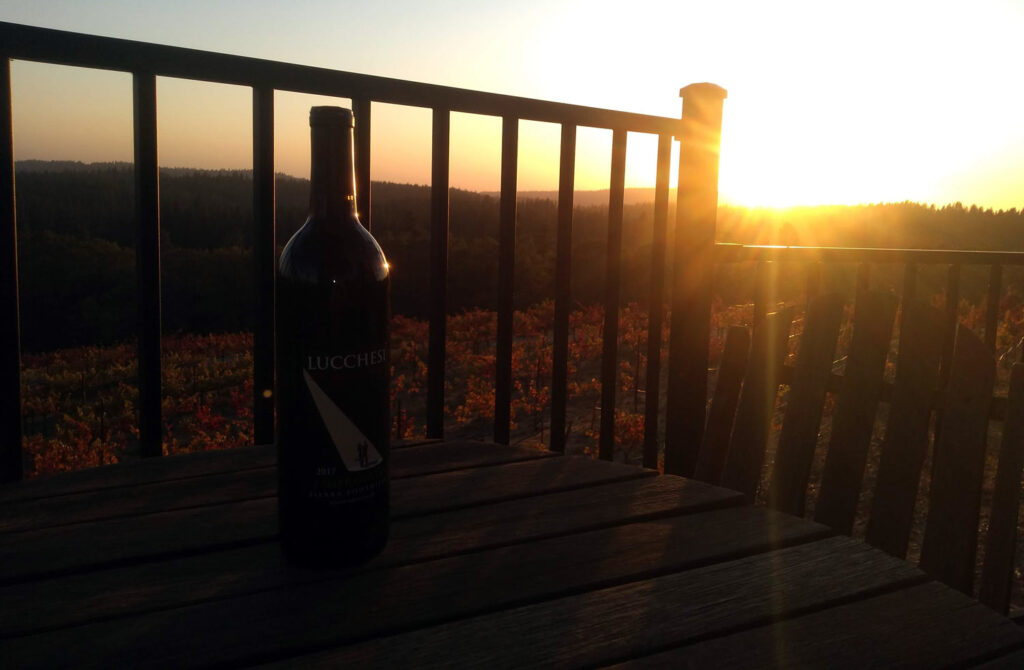

Nyetimber Vineyard Tours
Nyetimber, widely regarded as one of England’s top sparkling wine producers, offers a range of tours and tastings at their West Chiltington estate. From open day tours to private tastings in their 15th-century Medieval Barn, Nyetimber provides a truly immersive experience into the world of English sparkling wine.
10 minutes from The Skoolie
Additional wine related Activities and Experiences
While wine tasting and vineyard tours are undoubtedly the main attractions, Sussex offers a wealth of additional activities and experiences to complement your vineyard getaway.
Vineyard Picnics and Dining Experiences
Many of the region’s vineyards offer picnic baskets or al fresco dining experiences, allowing you to savor local produce and wines while taking in the stunning vineyard views. Bolney Wine Estate’s Eighteen Acre Café, with its viewing balcony overlooking the vines, is a must-visit for a leisurely lunch or afternoon tea.
Countryside Walks and Cycling
The rolling hills and picturesque villages of Sussex provide the perfect backdrop for countryside walks and cycling adventures. Many vineyards offer self-guided walking trails or can recommend scenic routes through the surrounding areas.
Coastal Explorations
With its proximity to the English Channel, Sussex offers easy access to charming coastal towns and beaches. Spend a day exploring the iconic Seven Sisters cliffs, the vibrant city of Brighton, or the historic town of Rye, all within a short drive from many of the region’s vineyards. Whether you’re seeking a luxurious wine estate stay, a cozy vineyard cottage rental, or a unique glamping experience, Sussex’s wineries offer a diverse range of vineyard accommodations to suit every taste and budget. With exceptional wines, stunning landscapes, and a wealth of activities and experiences, a vineyard stay in Sussex promises to be a truly unforgettable adventure for wine lovers and nature enthusiasts alike.
Special focus: Rathfinny Wine Estate: A Luxurious Vineyard Retreat
Nestled in the heart of the South Downs National Park, Rathfinny Wine Estate is a breathtaking 600-acre property that offers a truly indulgent vineyard escape. With its award-winning wines, exceptional vineyard accommodation options, and stunning natural surroundings, Rathfinny is a must-visit destination for anyone seeking a luxurious wine estate stay in Sussex.
The estate’s accommodation options are second to none, catering to both those seeking a traditional bed and breakfast experience and those desiring the privacy of a self-catered cottage. The Flint Barns B&B, housed in beautifully restored farm buildings, features 10 en-suite bedrooms with rustic charm and panoramic vineyard views. Each room is designed with its own unique character, ensuring a cosy and inviting atmosphere. For those seeking a more private and indulgent experience, the newly opened Rathfinny Cottage is a true gem. This self-catering haven can accommodate up to four guests and three dogs, making it perfect for a family or group of friends. Wake up to breathtaking vistas of the vines, enjoy a private courtyard for alfresco dining, and take advantage of the estate’s restaurants and vineyard tours during your stay.
Speaking of dining, Rathfinny offers a range of culinary experiences that are sure to delight even the most discerning palates. The estate’s restaurants showcase the best of local and seasonal produce, expertly paired with their award-winning Sussex sparkling wines. From casual al fresco dining to fine dining experiences, there is something to suit every occasion and taste. Of course, no visit to Rathfinny would be complete without indulging in their exceptional wines. The estate offers a range of tours and tastings, led by knowledgeable guides who will take you on a journey through the winemaking process. From the vineyards to the winery, you’ll gain a deep appreciation for the art and science behind each bottle of Rathfinny’s Sussex sparkling wine.
Beyond the vineyards and winery, Rathfinny offers a wealth of outdoor activities and experiences to enjoy. Take a leisurely stroll along the estate’s walking trails, or venture further afield and explore the stunning South Downs National Park. For those seeking a more adventurous experience, the nearby Cuckmere Haven and Seaford beach offer opportunities for swimming, kayaking, and even stand-up paddleboarding. With its luxurious accommodations, exceptional wines, world-class dining, and stunning natural surroundings, Rathfinny Wine Estate is the epitome of a Sussex vineyard escape. Whether you’re seeking a romantic getaway, a family adventure, or simply a chance to indulge in the finer things in life, Rathfinny promises an unforgettable experience that will leave you longing to return time and time again.
A 25 minute drive from The Vacationist Cabin
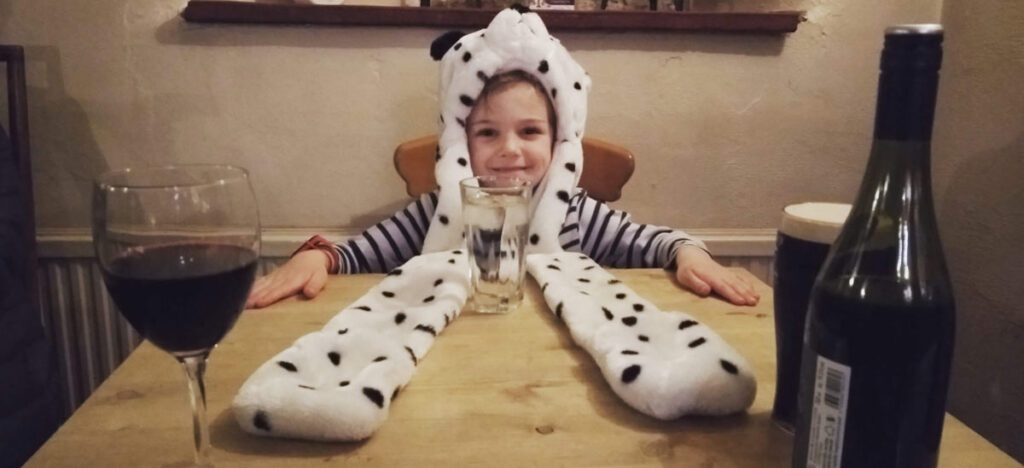

East or West, Sussex wines are best!
In conclusion, Sussex’s vineyard accommodation offering is truly exceptional and there is a diverse range of options, catering to every taste and preference. From luxurious wine estate stays to cozy cottage rentals and unique glamping experiences, this picturesque region promises to delight and inspire wine lovers and nature enthusiasts alike. So why wait? Start planning your ultimate Sussex vineyard escape today and prepare to be swept away by the beauty, flavors, and unforgettable experiences that await.

